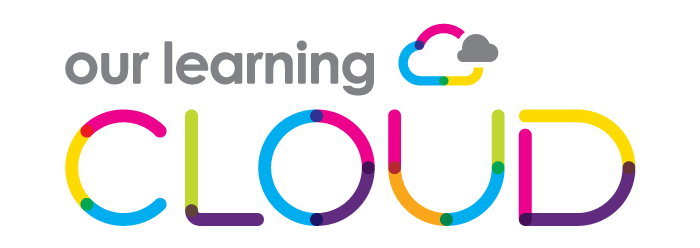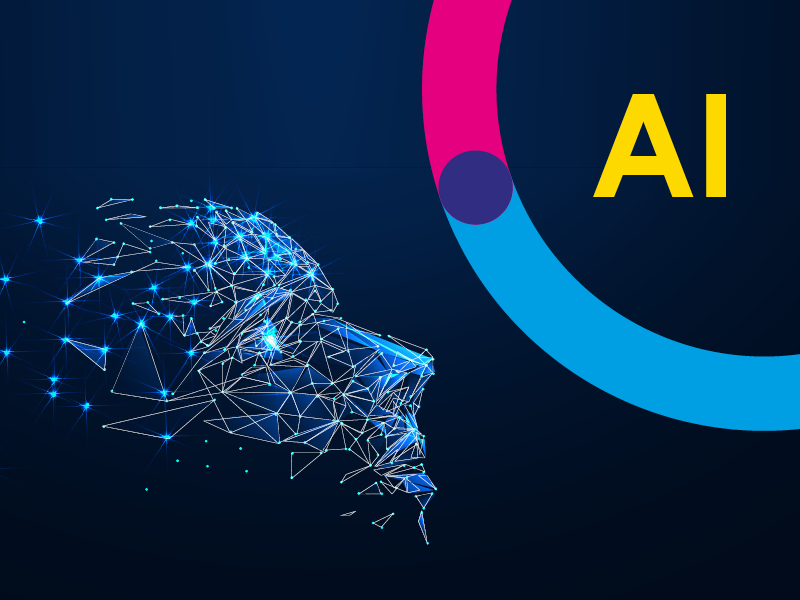AI, or Artificial Intelligence, is already happening around us. But it’s a far cry from Hollywood’s disturbing depiction of sentient machines with human-like intelligence, emotions, and behaviours. Stephen Sanderson looks at what’s happening, how it is helping educators, and what academies need to do to make the most of it.
Surprisingly, AI isn’t new. But now it’s starting to become a very real part of our world, we want to demystify it, explain how it can genuinely benefit those in education, and alert academies and trusts to the preparations they may need to make.
It’s nothing new
Let’s start by defining what we mean by AI. The term Artificial Intelligence dates back to 1955 – so it’s not as new as you might think! It was first attributed to John McCarty of Massachusetts Institute of Technology (MIT). A contemporary of his, Marvin Minsky (Carnegie-Mellon University), rather nicely defined it as ‘the construction of computer programs that engage in tasks that are currently more satisfactorily performed by human beings because they require high-level mental processes such as: perceptual learning, memory organization and critical reasoning.’
On-line, retail product recommendations have been with us for over twenty years now. While these may initially have seemed a little suspect, personalised purchasing and viewing suggestions are things we’ve come to appreciate and trust – and these would not be possible without AI.
Microsoft and AI
We’re now seeing Microsoft building AI into a lot of the technologies we currently use. But, but there’s also a big new wave of Microsoft AI coming called Copilot.
There are already countless examples of AI within Microsoft 365. In Word you may have noticed greyed out, suggested text to help you complete a phrase. More spectacularly, in Excel’s ‘Data’ tab you can insert data from a picture – saving you the trouble of inputting (and formatting) data that already exists in a different form. While in a Teams meeting, you can turn on ‘live captions’ to get a live transcript.
Microsoft’s ‘Reading Progress’ is a superb teaching aid. Within this, ‘Reading Coach’ uses AI to provide students with individual feedback on word pronunciation. AI can generate a passage for teachers to use, on a specified topic, at a given level.
Many in education find Microsoft Forms hugely beneficial and it uses AI to make suggestions, provide an estimated completion time, and to provide analysis statements.
These, and other features, are nice little helpers. But the technology that is coming soon promises to be far more impactful.
What’s Copilot?
Copilot (presumably they couldn’t trademark the usual spelling of co-pilot), is the name for Microsoft’s AI companions. Note the plural. Microsoft CEO Satya Nadella recently explained that “We believe in a future where there will be a Copilot for everyone and everything you do.”
Those familiar with Bing Chat may know that it has already been relaunched as Microsoft Copilot, and that it is now more like ChatGPT – incidentally Microsoft part owns ChatGPT’s parent company. While some tech commentators have dismissed this as renaming, experienced Microsoft-watchers are confident much more will follow.
Other Copilots will cover the rest of Microsoft’s range of applications and experiences, including Microsoft 365. These will provide AI assistance in virtually every aspect of your workflow and are expected to become available during the coming year or so.
AI can process immense volumes of data and evaluate it, to provide a relevant and personalised result. At present, a teacher might base new content on internet search results. This is a little like asking the world’s biggest library to show you every book that covers a given topic: there’s still a lot of work to be done. ‘Large language models’, like ChatGPT-4, take this further – although you need to know a bit about prompting to get the most out of them. Here the results are processed for you, to provide a single (hopefully) relevant set of conclusions. But its activity is limited to public domain information.
Now imagine that AI could combine that with knowing what the teacher has previously done, and with knowledge of how other teachers in the academy or trust have approached the same topic. Highly pertinent search results that save a lot of time and effort. That’s what the future promises.
There’s still much more that we don’t know, than we do know about Copilot(s) – and the incorporation and use of AI is likely to be much more of an evolution than an explosion. Think of it as a journey: and right now, you’ve got time to prepare, and to start that journey in a measured fashion. But they’ll come a point soon enough when you will be frantically playing catch-up.
How do you prepare?
At this stage there are two key things to focus on: what do you need to do to your ICT infrastructure to benefit from these technology advances, and what do you need to do to enable staff to make use of them.
There’s already a gap between where academies are, and where the technology is, and it is getting bigger. But this gap can be quickly assessed, and a plan put in place to address it.
A trust-wide, single tenancy, cloud ICT platform is a prerequisite, and those who already have one are much better placed. But effective use of AI also requires data to be well ordered and accessible, and this is where many Multi Academy Trusts fall down. While they may be using SharePoint, very often the data lacks the tags, labels, and classification that make it accessible, usable, and preserve appropriate levels of privacy. Thankfully, with the right knowledge a lot of this work can be automated.
In parallel with this, staff need the know-how to make use of Microsoft’s AI capabilities, as they become available. This means providing them with academy-focused training: introducing them to relevant features, showing them how they apply them to their roles, and getting them started.
Next steps
Increase your knowledge by joining our webinar ‘Embracing AI in Education: 7 Essential Tips for Schools’ on Tuesday 16 January, at 4pm. Learn more and register. Or contact us to arrange an initial discussion about how your academy trust can benefit from AI.

